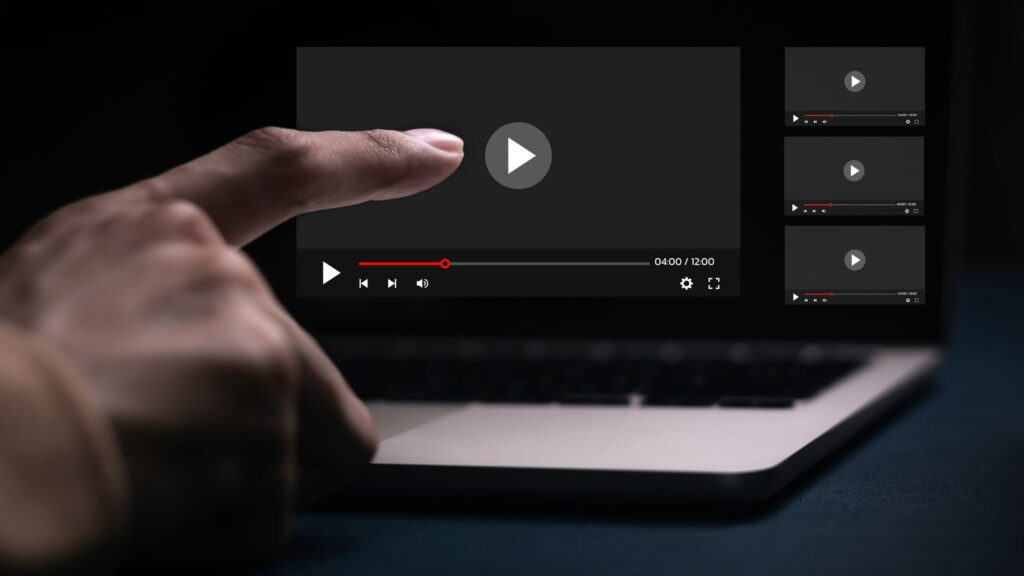How Online Consumer Panels Drive Better Marketing Decisions
In today’s data-driven market landscape, understanding consumer behavior is no longer optional—it’s essential. One of the most powerful tools marketers have at their disposal is the online consumer panel. These panels provide valuable, real-time insights directly from the target audience, helping businesses make smarter, faster, and more effective marketing decisions. At Cogentix Research, we’ve seen firsthand how these insights transform strategies for companies across India. What Is an Online Consumer Panel? An online consumer panel is a group of pre-selected individuals who agree to participate in surveys, product testing, and feedback activities. These panels represent diverse demographics and psychographics, enabling companies to gather opinions from a wide range of real consumers. By tapping into an online consumer panel, brands can quickly measure responses to new products, advertising campaigns, and market trends—long before they launch on a larger scale. Why Online Panels Matter in India’s Diverse Market India’s consumer base is incredibly diverse, making localized insights crucial. Generic global data often fails to reflect the unique preferences and purchasing behaviors found in Indian markets. That’s where an advertising research company in India like Cogentix Research brings immense value. We build and manage online consumer panels tailored to Indian audiences, offering culturally relevant insights that go beyond surface-level analytics. This helps brands tailor messaging, product development, and customer engagement strategies with precision. The Link Between Consumer Panels and Customer Experience Engagement in India Customer Experience Engagement in India is evolving rapidly with the digital shift. Indian consumers expect more personalized, intuitive experiences from the brands they interact with. By leveraging insights from online panels, businesses can: Whether you’re refining a loyalty program or revamping a mobile app, these consumer insights help craft more engaging and rewarding experiences. Benefits of Using Online Consumer Panels for Marketing Decisions ✅ Real-Time Feedback Panels allow companies to gather instant feedback on ideas, ads, packaging, or branding before launch. ✅ Cost-Effective Market Testing Instead of expensive traditional methods, online surveys provide faster and more affordable data collection. ✅ Targeted Research Businesses can target specific age groups, regions, or interests, ensuring the feedback is highly relevant. ✅ Predictive Insights Understand emerging trends and consumer expectations before your competitors do. Why Choose Cogentix Research? As a leading consumer insights company focusing on advertising research in India, Cogentix Research provides end-to-end management of online panels—from panel recruitment to survey execution and data analysis. Our panels are built with integrity, ensuring high-quality, actionable insights. Whether you’re launching a new product, repositioning a brand, or trying to improve customer experience, our solutions are tailored to meet your business goals. Conclusion: Smarter Decisions Start with Smarter Data Online consumer panels are not just a tool—they’re a strategic advantage. For companies looking to thrive in a competitive and ever-changing market like India, understanding the voice of the consumer is crucial. With Cogentix Research, you gain more than just data—you gain insight, clarity, and the confidence to make informed marketing decisions. Ready to Make Smarter Marketing Decisions? Visit https://cogentixresearch.com/ today and discover how our online consumer panels can empower your brand with precise, data-driven strategies tailored for the Indian market.
How Online Consumer Panels Drive Better Marketing Decisions Read More »










